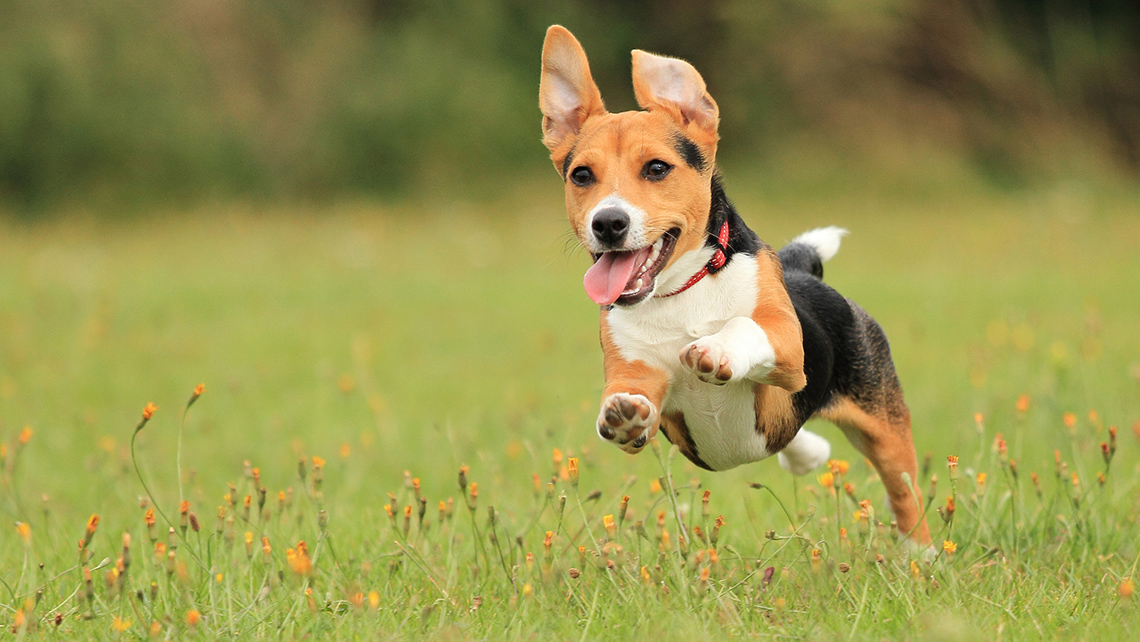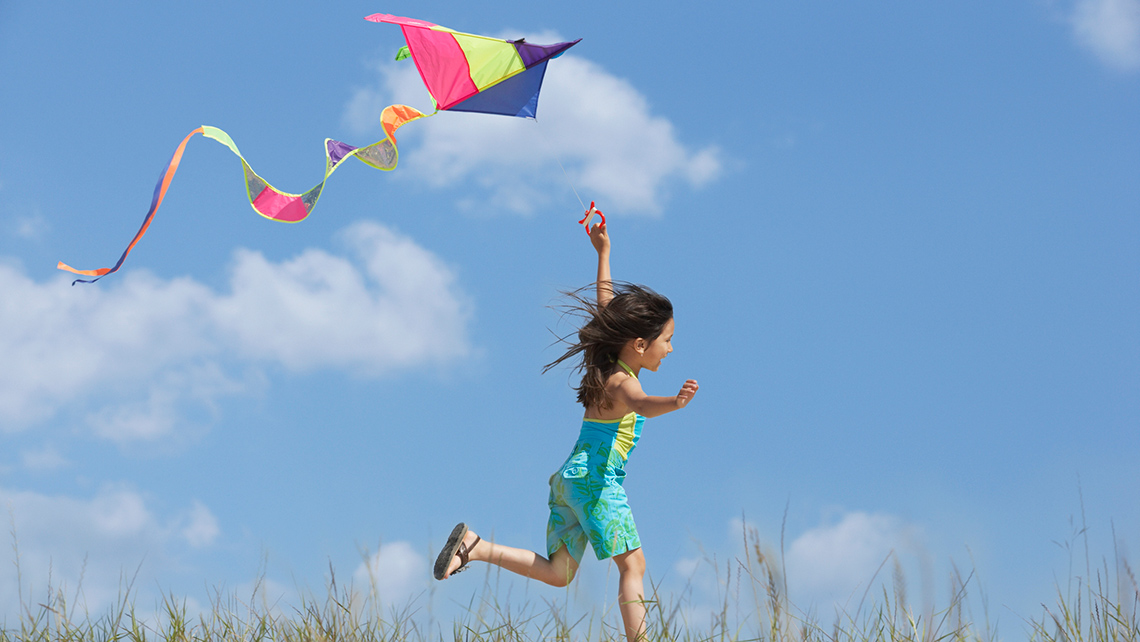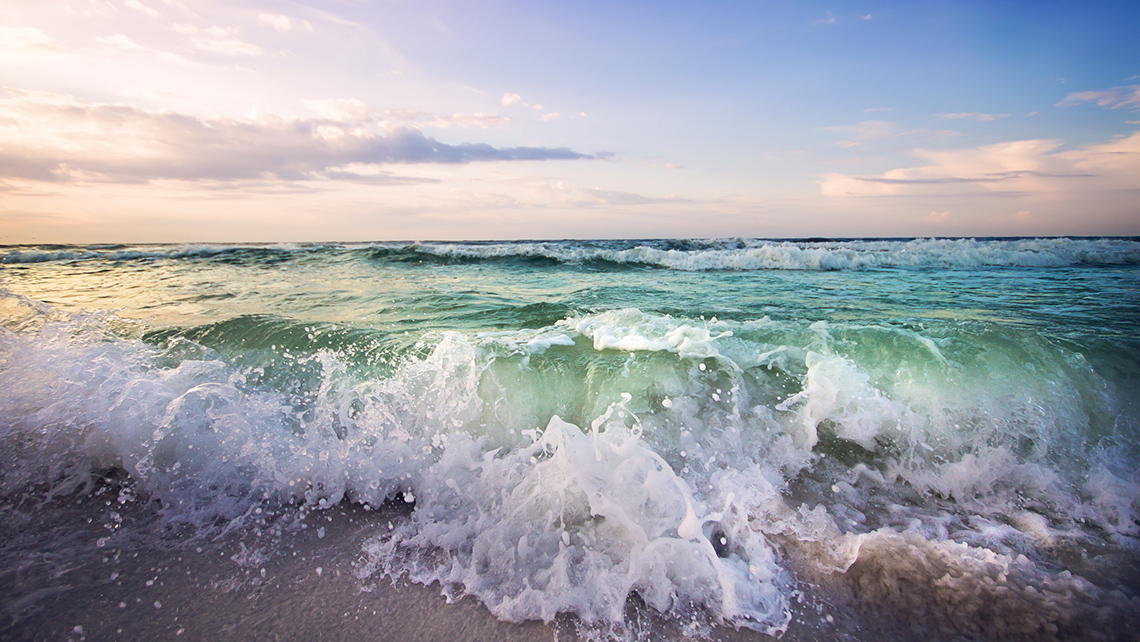Minds On
Today’s vocabulary

Press the following tabs to access today’s vocabulary.
The route or movement taken from point A to point B; or a pattern or design created on the floor or in the air by movements of the body (e.g., the arm moving in a circular motion creates a circular air pathway; galloping across the general space in a zigzag motion creates a ground pathway).
- air pathway
- ground pathways
Let’s get started!
Explore this video entitled “National Indigenous Peoples Day” to learn more about the Fancy Shawl dance. Niimin, an Ojibwe girl, and her friend Maliyah learn about this traditional dance performed in many Indigenous communities.
So, dance movements can represent the natural environment around us.
- How does the Fancy Shawl dance represent nature?
- What movements in the dance represent nature?
Record your ideas in a notebook or another method of your choice.
Press ‘Let’s Check!’ to access a hint.
Think about what the dance is about, and the movements that Niimin, Niimin’s mom, and Maliyah made using their body parts (arms, legs, and feet).
Dance is very important to cultures all over the world.
In First Nations, Métis, and Inuit cultures, dance is used for celebrations, ceremonies, and as entertainment.
The Fancy Shawl dance is a dance meant to reflect the movements of the butterfly. The dancer always holds one arm out while performing, just like a butterfly always has at least one wing aloft in nature.
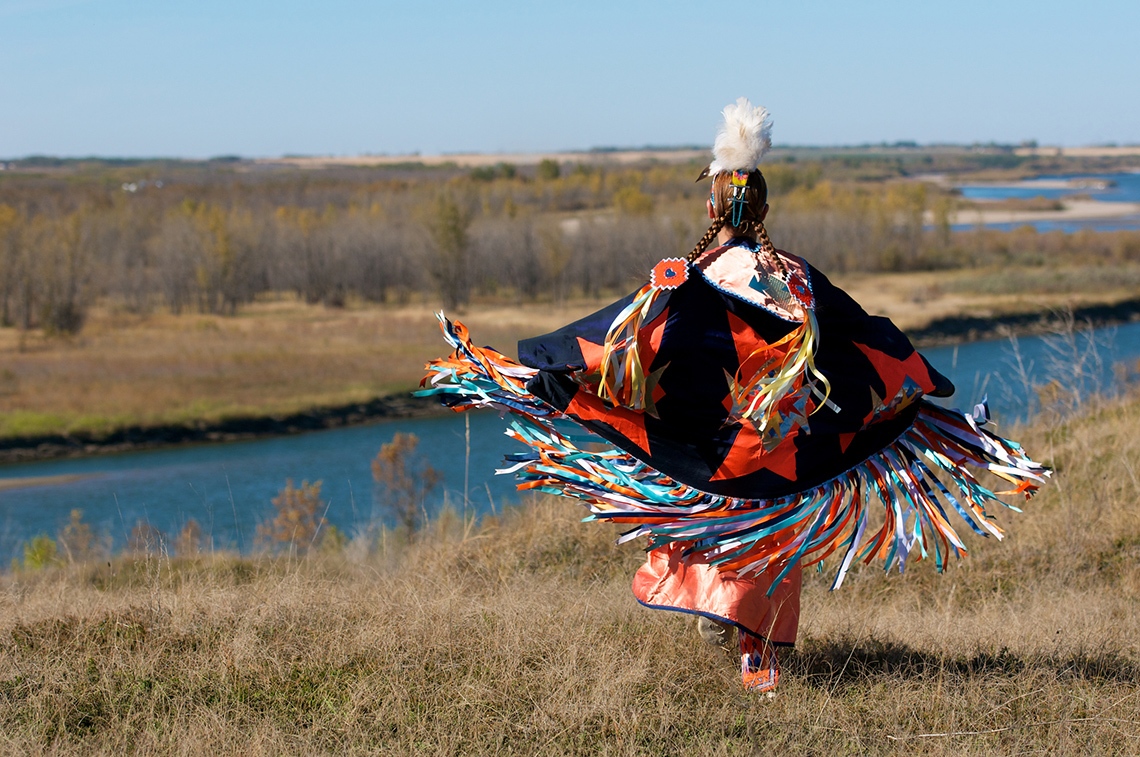
Dancer dressed in traditional regalia for Indigenous Fancy Shawl dance.
Another variation of this dance is called the “Crow Hop,” which uses steps that mimic the way a crow hops on the ground.
Did You Know?
Did you know?
The Fancy Shawl dance is considered a graceful and very athletic dance.
Each dancer adds their own creativity to their regalia, and to the rhythm there is repetition in their unique steps.
Fancy Shawl is a cultural dance and carries specific teachings. It is important to learn about and appreciate the dance, but not mimic or copy the dance on your own.
Action
Get ready, get set…
Movement is all around us in the natural environment.
Animals move, plants move, water moves, and these aspects of nature all move in different ways. The weather causes movement too.
Explore the following images of nature and their movements:
In nature
Let’s notice different movements in nature!
How can we create dance movements based on what we notice?
Examine the following nature image and description.

There are many different plants and insects. There’s a honeybee buzzing towards its hive, and others are pollinating a flower. There are a few dragonflies flying around in a zigzag path. Ants are marching in a straight line together as they move towards their ant hill, while colourful butterflies flutter in a circular pathway. Nearby, ladybugs are sitting on some leaves and flowers. The sun is shining, while a light breeze blows, and the long blades of grass, flowers, and trees sway.
How many things in the explored image move?
Record a list of all the things you notice that can move in a notebook or another method of your choice.
When you’re ready, press ‘Let’s Check!’ to access a possible list.
Things that can move from the explored image are:
- honeybees
- dragonflies
- ants
- butterflies
- ladybugs
- grass
- trees
- flowers

Let’s think about how the bee could be moving around.
Consider:
- How could someone move to represent the bee? Running, jumping, skipping, bouncing, or arm waving?
- What energy quality could the movements use to represent a bee? Smoothly, cautiously, sharply, wiggly, or jagged?
- What pathway could the bee move in? Straight, zigzag, curved, or diagonal?
- What direction could the bee move in? Forwards, backwards, or sideways?
Safety
Before you begin:
Try It
Your turn!

If possible, try moving around like a bee!
Go!
1. Choose 3 more movements from the following image:

There are many different plants and insects. There’s a honeybee buzzing towards its hive, and others are pollinating a flower. There are a few dragonflies flying around in a zigzag path. Ants are marching in a straight line together as they move towards their ant hill, while colourful butterflies flutter in a circular pathway. Nearby, ladybugs are sitting on some leaves and flowers. The sun is shining, while a light breeze blows, and the long blades of grass, flowers, and trees sway.
Safety reminder
Always be sure to do your safety checks before any physical activity!
2. If possible, imitate through dance the 3 movements you chose.
Pause and Reflect
Pause and reflect
After trying the movements of your choice, let’s reflect on the:
- description of the movement
- quality of the energy
- pathway
- direction
Complete the Nature Movements Activity in your notebook or using the following fillable and printable document. If you would like, you can use speech-to-text or audio recording tools to record your thoughts. Consider adding your work to your dance portfolio.
Record the movements you created in the previous activity. An example has been done for you.
|
Nature Movement of Choice |
Description of Movement |
Quality of Energy |
|---|---|---|
|
Bee |
Running |
Percussively |
|
Nature Movement of Choice |
Pathway of Movement |
Direction of the Movement |
|---|---|---|
|
Bee |
Zigzag |
Forward |
Press the ‘Activity’ button to access Nature Movements Activity.
Consolidation
Nature movements
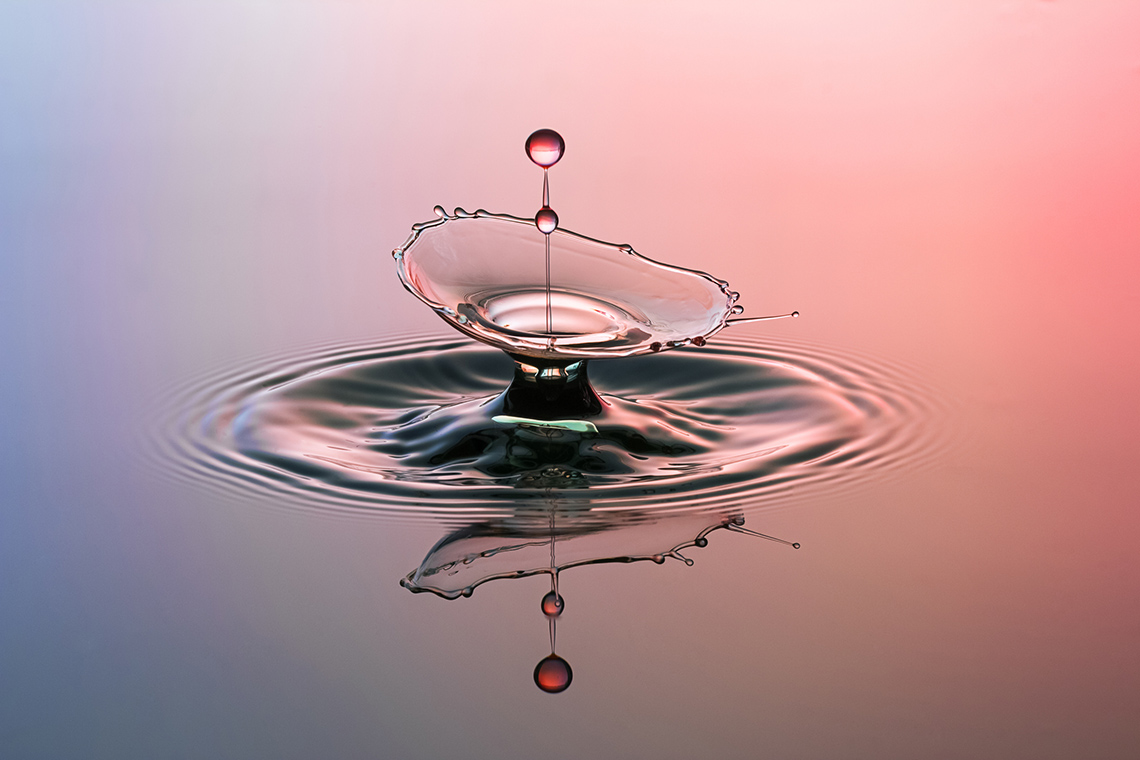
In this learning activity, we have learned that movement is all around us, even in the natural environment.
We also created and imitated movements from nature.
Portfolio
Dance phrase
Now, let’s put our nature movements together to create a dance phrase.
Complete the Dance Phrase Activity in your notebook or using the following fillable and printable document. If you would like, you can use speech-to-text or audio recording tools to record your thoughts. Consider adding your work to your dance portfolio.
|
Movements |
Description of Movement |
|---|---|
|
Movement one |
|
|
Movement two |
|
|
Movement three |
Press the ‘Activity’ button to access Dance Phrase Activity.
Safety reminder
Always be sure to do your safety checks before any physical activity!
After creating your dance phrase, if possible, try it out, and repeat for at least 3 times.
If possible, share your dance phrase with a partner.
Consider adding this Dance Phrase Activity to your portfolio.
Reflection
How do you feel about what you have learned in this activity? Which of the next four sentences best matches how you are feeling about your learning? Press the button that is beside this sentence.
I feel...
Now, record your ideas about your feelings using a voice recorder, speech-to-text, or writing tool.
Press ‘Discover More’ to extend your skills.
Discover More
Reflect on the following questions:
- What is the difference in your experiences as a bee and your choice from the nature scene?
- Did the quality of energy change from the bee example to your choice from the nature scene?
Record your ideas in a notebook or another method of your choice.
